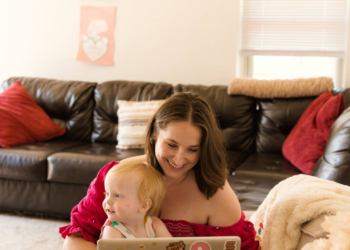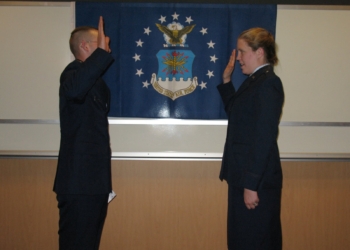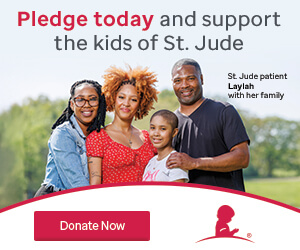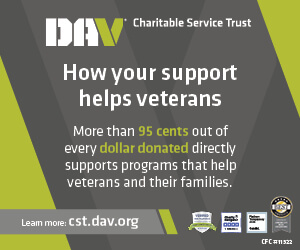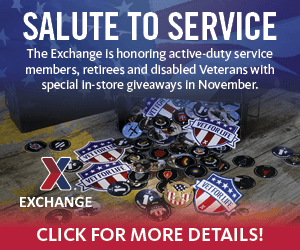Everyone remembers the woman in the room with purple hair.
Lianne Dobson is that woman. The Air Force spouse’s beauty brand, Gemini Naturals, boasts a line of temporary hair color specifically for textured hair.
Like most entrepreneurial stories, Dobson’s was born out of a problem for which she needed to find a solution. Years of moving from location to location left her without a dedicated hair stylist and colorist for her natural curls. When she became her own stylist, as many military spouses are, she says permanent hair color led to breakage, and the temporary hair dyes stripped her hair of much-needed moisture.
“I decided to create a product that would marry the concept of a really great moisturizing, hydrating, curl-defining gel with the pigments of a temporary hair color,” said Dobson. “And I just got in my kitchen and mixed things together and finally came up with the formula.”
Dobson has been a physician assistant for more than a decade, and she notes her background in medicine has made her more comfortable researching ingredients and consulting cosmetic chemists. From Bronze Beauty to Cobalt to Purple Rain (Dobson’s favorite), Gemini Naturals’ products do not contain chemicals like parabens and phthalates, offering color enthusiasts a more gentle option. And the color washes out in one shampoo, perfect for those who want to switch hues often or who are looking for something low commitment.
At-home hair color sales saw a boost during the pandemic, with “How to color your hair at home” making Google’s Year in Search 2020 list of trending search topics. The pandemic also allowed people who had never tried color in their hair before to experiment with fashion colors like pink, purple and blue, says Cassandra Carter, a military spouse and hair stylist based in San Antonio, Texas.
And now, in the post-pandemic era, the curlyage trend — the balayage color technique on curly hair — is here to stay, says Carter.
“The great thing about balayage is you can literally do any color you want. So if you wanted to have some green pieces, or blue, or pink, you could definitely do it,” she said. “Post-pandemic, I’m seeing a lot more of my older clients wanting to simplify their hair routines, they’re looking for more of a natural balayage which is my number one request. But my younger clients who are under 30 [years old], they’re still into fashion colors.”
Carter, who has been a stylist for 16 years, has noticed a significant shift in society’s acceptance of unconventional hair color. She notices a rainbow of hair color choices everywhere she goes now, which hasn’t always been the case. The Plush Beauty Bar owner notes, however, there are some industries and employers that haven’t yet embraced frosted tips and fuchsia highlights. She gave her clients who work in education and medicine as examples.
“They’re always telling me they wish they could do ‘something fun’ with their hair, but it’s not allowed,” said Carter.
Dobson admits that when beginning the job search in a new location after a PCS, she “wanted to appear more professional” — which meant she would revert to her natural hair color during the interview process.
“And then once an employer got to know me a little bit better, I would start lightening my hair and getting a little bit bolder,” she said.
Dobson dreams of a society in which all employers are more accepting of people expressing themselves by way of hair color experimentation. Because she noticed that, as a PA, her patients didn’t care what color her hair was as long as they were getting optimal care.
Now, she is extending that care in a more artistic fashion, creating the space and the product for the woman in the room with purple hair to shine.




















